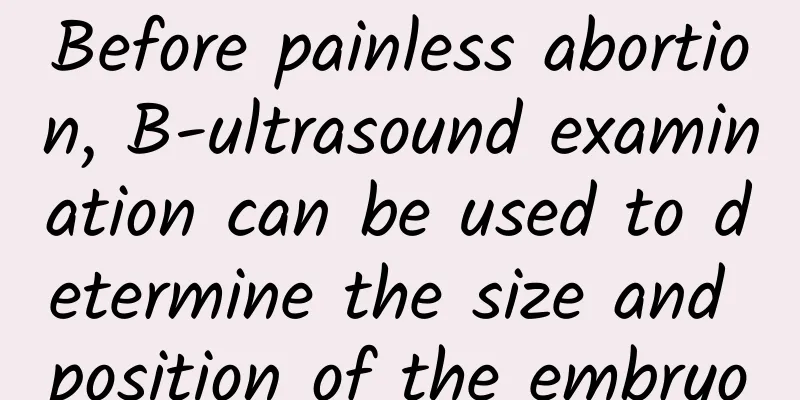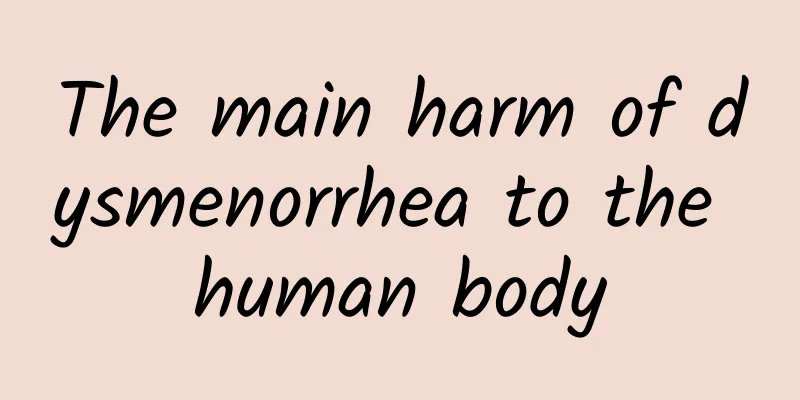Anti-aging reduces the risk of death National Health Institute: Muscle quantity is the key

|
Do you have enough muscle mass? Finding ways to grow muscles is not just for the elderly! Young, middle-aged and strong people who lead a "static" life need to "nourish" their muscles to stay healthier as they age. The number of people suffering from sarcopenia in Taiwan is increasing! In recent years, many research surveys have been published, confirming that the amount of muscle mass is the key factor affecting the risk of death in the elderly. 1 in 5 elderly people have sarcopenia According to statistics, about 1 in 5 Taiwanese people over the age of 65 suffer from sarcopenia. A survey by the Millennium Love Health Foundation found that 1/5 (nearly 1.38 million people) of Taiwanese people over the age of 50 have insufficient protein intake, and 1/10 of the middle-aged and elderly people have the same problem. In addition, only 33% of Taiwanese people still develop the habit of regular exercise, so the problem of sarcopenia may occur "early" to the elderly. Sarcopenia refers to the loss of skeletal muscle mass and a decrease in muscle strength or endurance. Dr. Chuang Shao-yuan from the Medical Insurance Group of the Institute of Population Health Sciences of the National Institutes of Health said that if a man's muscle mass is less than 7.09 kg/m2 and a woman's is less than 5.70 kg/m2, and if a man's hand grip strength is less than 26 kg and a woman's is less than 16 kg, or if a man walks less than 0.7 meters per second and a woman walks less than 0.6 meters per second, then they have sarcopenia. In other words, when people walk at a snail's pace, have weak feet, and have buttery hands, these may be signs of sarcopenia. In addition, modern people often sit for long periods of time, do not like to exercise, and have unbalanced nutrition, which causes faster bone loss and makes them candidates for osteoporosis. A study found that if men suffer from sarcopenia, their risk of osteoporosis is 3 times higher than the average person, and for women it is 12.9 times higher. Liu Canhong, director of the Rehabilitation Medicine Department of Shuanghe Hospital, pointed out that insufficient muscle mass is closely related to osteoporosis, which will lead to a decrease in the body's metabolic rate and resistance. It will also make people more prone to falls due to weakened muscle strength, and even increase the risk of disability. In the past, sarcopenia was a problem that almost only occurred in the elderly, but now it is gradually becoming younger, especially young people who do not lose weight properly, who are the largest hidden group. Rapid muscle loss increases the risk of death by 1 to 2.41 times A research team from the National Institute of Population Health Sciences of the National Institutes of Health found that "skeletal muscle mass" is one of the important factors affecting the risk of death in the elderly. The results of the research grouping showed that the 25% of elderly people with the lowest muscle mass had a 100% increased risk of death compared to other elderly people. Chen Lianggong, director of the Taipei Veterans General Hospital's Geriatric Medicine Center, said that according to a study published in the American Journal of Clinical Nutrition in 2010, people who lost muscle at a faster rate had a 2.41 times higher risk of death over a three-year period than those who lost muscle at the slowest rate. He further explained that the so-called "fast muscle loss" refers to the loss of more than 385 grams of limb muscles each year, while "slow muscle loss" refers to the loss of less than 130 grams of limb muscles each year. After three years of follow-up, it was found that people who lost muscle faster (that is, those who lost more muscle) had a 2.41 times higher risk of death. The best way to maintain adequate muscle mass and slow down aging Assessing whether there is adequate muscle mass is an effective tool to distinguish whether the elderly are at high or low risk of death. The National Health Institute believes that body muscle mass should be considered an important indicator for screening high-risk elderly people, rather than emphasizing lowering or increasing body mass index (BMI) or weight. Zhuang Shaoyuan pointed out that according to a follow-up study on the elderly published by the National Health Institute in 2014, the body mass index and total mortality rate showed an inverse J-curve relationship, that is, thinner elderly people had a higher risk of death, while overweight elderly people (BMI between 24 and 27) had the lowest risk of death. Therefore, BMI may not be suitable as an indicator of obesity or unhealthiness in the elderly. Zhuang Shaoyuan said that the National Health Institute examined other body composition indicators and found that muscle mass is related to mortality. When the body muscle mass reaches a certain level (11.45kg/m2 for men and 8.5kg/m2 for women), the mortality rate will no longer decrease. Another way of saying it is that if the muscle mass is lower than this standard, the mortality rate will increase. Sufficient muscle mass is one of the keys to maintaining daily physical activity. Insufficient muscle mass may be a result of nutritional imbalance or lack of activity, both of which can lead to rapid aging. Therefore, maintaining adequate muscle mass may be one of the best ways to slow down aging. Imbalanced nutrition and lack of exercise affect muscle growth The reasons for the loss of muscle mass are quite complex and diverse. Lin Guanhong, director of the Department of Neurology at Taiwan Adventist Hospital, pointed out that in addition to irreversible aging factors that can cause muscle loss, many other factors are also involved, including endocrine, neurological, nutritional, lack of exercise, and cancer. The human endocrine system is related to muscle growth factors. Some people can grow muscles, but some people do not gain weight no matter how much they eat. The reason lies in endocrine problems. Lin Guanhong analyzed that through the internal inflammatory process of the muscles, the influence of oxidation and free radicals may also lead to muscle cell apoptosis; and the nerves are responsible for commanding the muscles. Once the nerves are injured or cannot control the muscles like in stroke patients, it will naturally lead to muscle atrophy; malnutrition or imbalance, or cancer cells snatching away the absorption of nutrients, resulting in a lack of protein elements required for muscle generation, and many other reasons will cause the occurrence of "sarcopenia". Zhuang Shaoyuan pointed out that the "National Nutrition and Health Survey" from 2005 to 2008 showed that there was also excessive protein intake among middle-aged and middle-aged people, among which men exceeded the recommended intake by 71% and women exceeded the recommended intake by 51%. However, these middle-aged and middle-aged people lack exercise, and maintaining muscles requires not only sufficient high-quality protein, but also regular exercise (especially resistance strength training). As the current lifestyle of Chinese people tends towards "static activities", the prevalence of sarcopenia may continue to increase in the future. Sarcopenia is closely related to chronic diseases and obesity In clinical practice, it is often found that many elderly patients with sarcopenia, in addition to being related to nutritional imbalance, are closely related to chronic diseases such as obesity, metabolic abnormalities, cardiovascular disease, dementia, osteoporosis, etc. Regarding the research on sarcopenia in the elderly, the geriatric medicine group of the National Health Institute is currently establishing clinical diagnostic criteria for sarcopenia in the elderly in Taiwan. They found that sarcopenia in the elderly is related to the risk of obesity and metabolic abnormalities. Elderly people with sarcopenia and obesity have a higher risk of metabolic abnormalities. The "National Nutrition and Elderly Health Survey" published in November 2015 found that elderly people with moderate to wide obesity and sarcopenia had significantly higher total mortality and cardiovascular disease mortality. In addition, a study by the National Health Institute also pointed out that elderly people with low blood selenium have a higher proportion of low skeletal muscle. Judging from the clinical treatment conditions of many elderly patients, Lin Guanhong said that the decrease in muscle mass will lead to less activity in the elderly. They may also fall and fracture due to reduced skeletal muscle, weak bones or osteoporosis. They must rely on others for movement, or even have to rely on tube feedings, which can lead to malnutrition, poor organ function, muscle atrophy and loss, turning into a vicious cycle. People with sarcopenia do not necessarily only have a decrease in skeletal muscle. The elderly may also have a decrease in lung muscle, which leads to a decrease in the ability to swallow and expel foreign objects, making it easy to cause pneumonia due to choking. The urinary tract may also have a decrease in muscle mass, affecting urination and defecation functions, and easily causing urethritis. The decrease in muscle mass will also affect the willingness to go out, resulting in feeling powerless, reduced mobility, reduced social interactions, and lack of exercise. The risk of subsequent dementia, depression, etc. will also be greatly increased. [For the full content, please see Changchun Monthly Issue 394] |
<<: Eating this way before, during and after exercise will help you run without worries
>>: If you want to lose weight, eat brown rice. Make beef brown rice porridge.
Recommend
The correct way to prevent cervicitis
I believe that everyone should be familiar with g...
How to perform surgery for multiple uterine fibroids? Which surgical method is best for multiple uterine fibroids?
Experts say that the treatment of uterine fibroid...
Eating dried cranberries every day to prevent urinary tract infection causes blood sugar to soar and weight to get out of control? Doctor: The murderer is "this"
Dried cranberries are popular among women because...
What to do if you have pelvic effusion?
What to do if you have pelvic effusion? Pelvic ef...
What to do if your menstrual period lasts for 20 days?
What should I do if my menstrual period lasts for...
Fang Siyu reveals the secret of maintaining a good figure by doing bodyweight squats to increase muscle and burn fat
Fang Siyu, a well-known actress who started out a...
Patients with uterine fibroids may find themselves experiencing symptoms of vaginal bleeding
Patients with uterine fibroids may find themselve...
How to take care of chocolate cysts?
Chocolate cyst is one of the gynecological diseas...
Can adenomyosis cause pregnancy? What are the effects?
Can I get pregnant with adenomyosis? What are the...
"Exercise Tips" Can't Get Rid of Obesity? Push-ups and squats are moderate-intensity exercises that strengthen your resistance
The number of local cases of COVID-19 continues t...
What should women pay attention to in their diet during menopause?
During menopause, you need to pay attention to so...
Difficulties in treating threatened abortion
Many expectant mothers will have threatened misca...
Will girls become "Barbie" by doing weight training? Will chest muscle training shrink your breasts?
It has become a popular trend for girls to go to ...
What is the TCM name for chronic cervicitis? How does TCM treat chronic cervicitis?
There are many kinds of gynecological diseases, a...
What is pregnancy and menstruation?
Pregnancy menstruation sounds a bit like menstrua...









